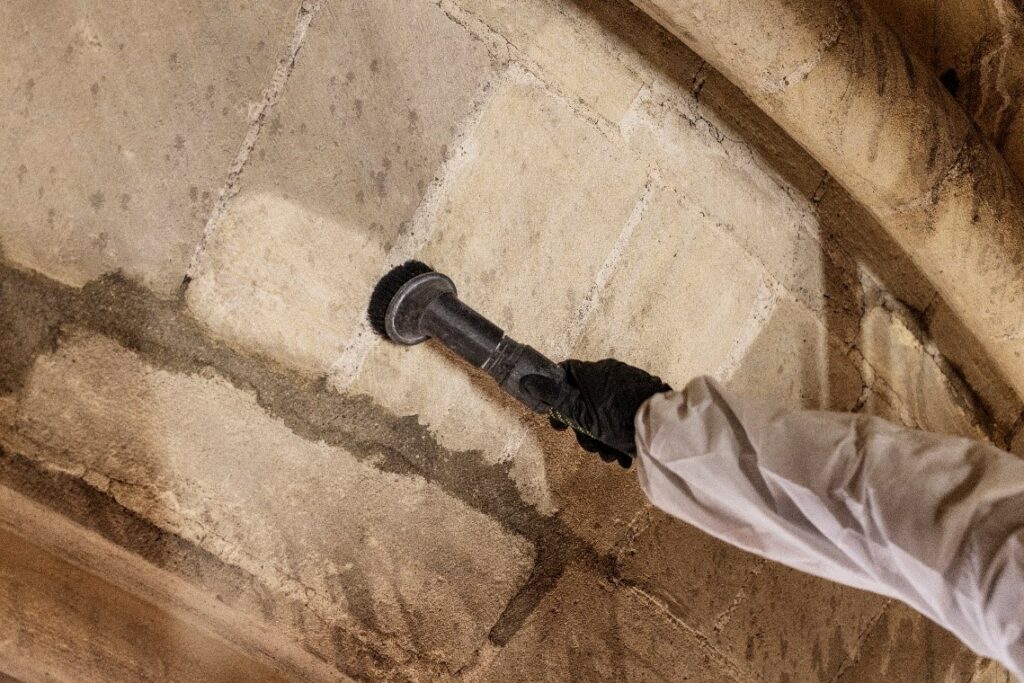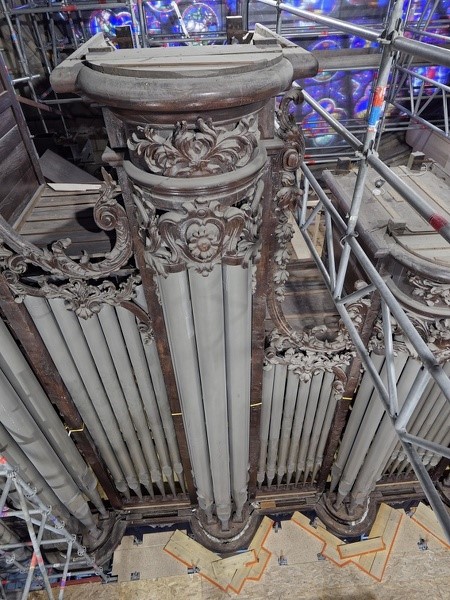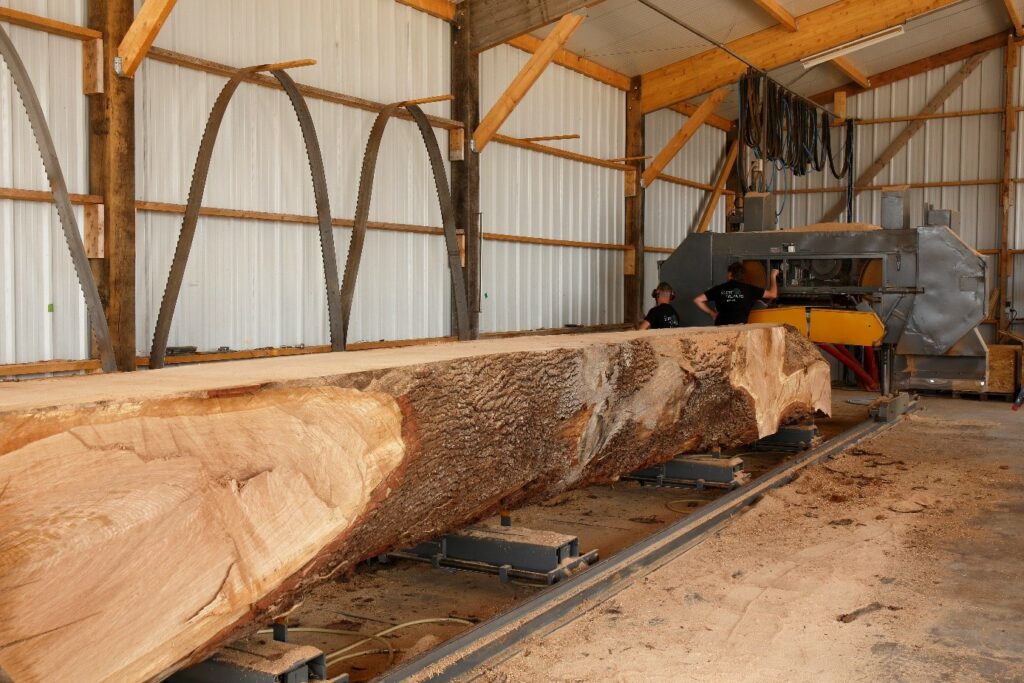The start of restoration

Following the end of the securing phase in September, the teams are now tackling the restoration of the cathedral and preparing its reopening in 2024. With this objective in mind, the public institution is continuing calls for tenders to select the companies that will work on the site. There are many tasks to be carried out: cleaning and repairing the interiors, restoring the great organ and – most importantly – reconstructing the collapsed spire and transepts as they were. These major stages themselves are divided into a number of sections – hence the need for technical service providers to work on all levels of this titanic programme.
A thorough cleaning
The tender for interior cleaning was launched in early October. Upon this vast clean-up of Notre-Dame depend all further operations. The teams are already vacuuming the interior vertical walls, ceilings and vaults, the sacristy and presbytery, the stained-glass windows (excluding chapels and rose windows), as well as decontaminating the floors that were polluted by lead deposits. This last step will ensure the safety of workers inside the building.
The work will take place over 7 months, from mid-October until spring 2022. Such thorough cleaning of a historic monument is exceptional; Notre-Dame itself is undergoing the process for the very first time.

An organ to restore
Started in August 2020, the dismantling of the great organ of Notre-Dame was completed in the summer. It is now being meticulously restored by three organ builders: the Orgues Quoirin workshop, Cattiaux workshop and the Languedoc Grandes Orgues manufacturer, which have divided up the pipes, the mechanical parts and the case of the instrument. Started in October, the work will last until spring 2024. After the installation of the instrumental part, harmonisation will be carried out at night to avoid noise pollution from the construction work.

Preparing the oaks
The 1,000 oaks harvested last winter to reconstruct the spire and framework were sent to the sawmills. There, the logs are sawn into structural timber (beams); once cut, the pieces of wood will dry in the open air for several months before being sent to the workshops of the carpenters selected for the work.

© Photos Patrick Zachmann, David Bordes, Yannick Boschat